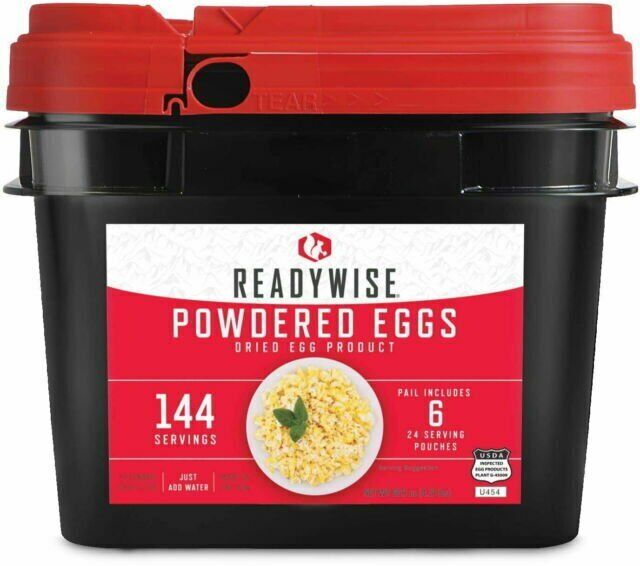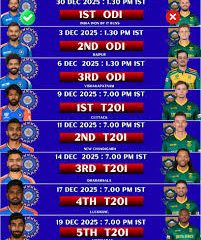Understanding the Food Supply Chain in India

Introduction
The food supply chain is a vital component of any economy, particularly in a diverse and populous country like India. The importance of a stable food supply cannot be overstated, as it directly impacts food security, health, and the overall economy. As India grapples with fluctuating agricultural outputs due to climate change, population growth, and evolving consumption patterns, understanding the dynamics of the food supply becomes crucial for policymakers and the citizenry alike.
Current Trends in Food Supply
India’s food supply is undergoing significant changes. According to the Ministry of Food Processing Industries, the country is the second-largest producer of fruits and vegetables globally, contributing to a robust agricultural economy. However, despite high production, about 30-40% of perishable food items are lost due to inadequate supply chain infrastructure and logistics issues. The government is addressing these challenges by enhancing storage facilities and investing in cold chain logistics.
Impact of Climate Change
Climate change poses another challenge to food supply. Erratic weather patterns have resulted in unpredictable harvests. The recent increase in extreme weather events, such as floods and droughts, has affected crop yields in multiple states. The Indian Council of Agricultural Research has been working on climate-resilient crop varieties to mitigate these impacts and ensure steady food availability.
Technological Innovations
On the brighter side, advancements in technology are reshaping food supply chains. E-commerce platforms and apps are making it easier for consumers to access fresh produce directly from farmers. Agri-tech startups are leveraging data analytics and artificial intelligence to optimize farming practices and reduce waste. The rise of vertical farming is also gaining traction in urban areas, providing fresh food close to consumers and minimizing transportation costs.
Government Initiatives
The Indian government has launched several initiatives to boost food supply, including the Pradhan Mantri Kisan Samman Nidhi Yojana, which provides direct income support to farmers. Additionally, better access to credit, subsidies for fertilizers, and support for organic farming are efforts to stabilize food production and ensure food security for the growing population.
Conclusion
As India navigates the complexities of food supply, it is clear that collaboration between all stakeholders—government, farmers, supply chain managers, and consumers—is crucial. The future of food supply hinges not only on improving production methods but also on enhancing infrastructure, adopting technology, and addressing climate change. By staying informed about trends and challenges, readers can gain insights into how these factors will shape the food supply landscape in India in the years to come.









